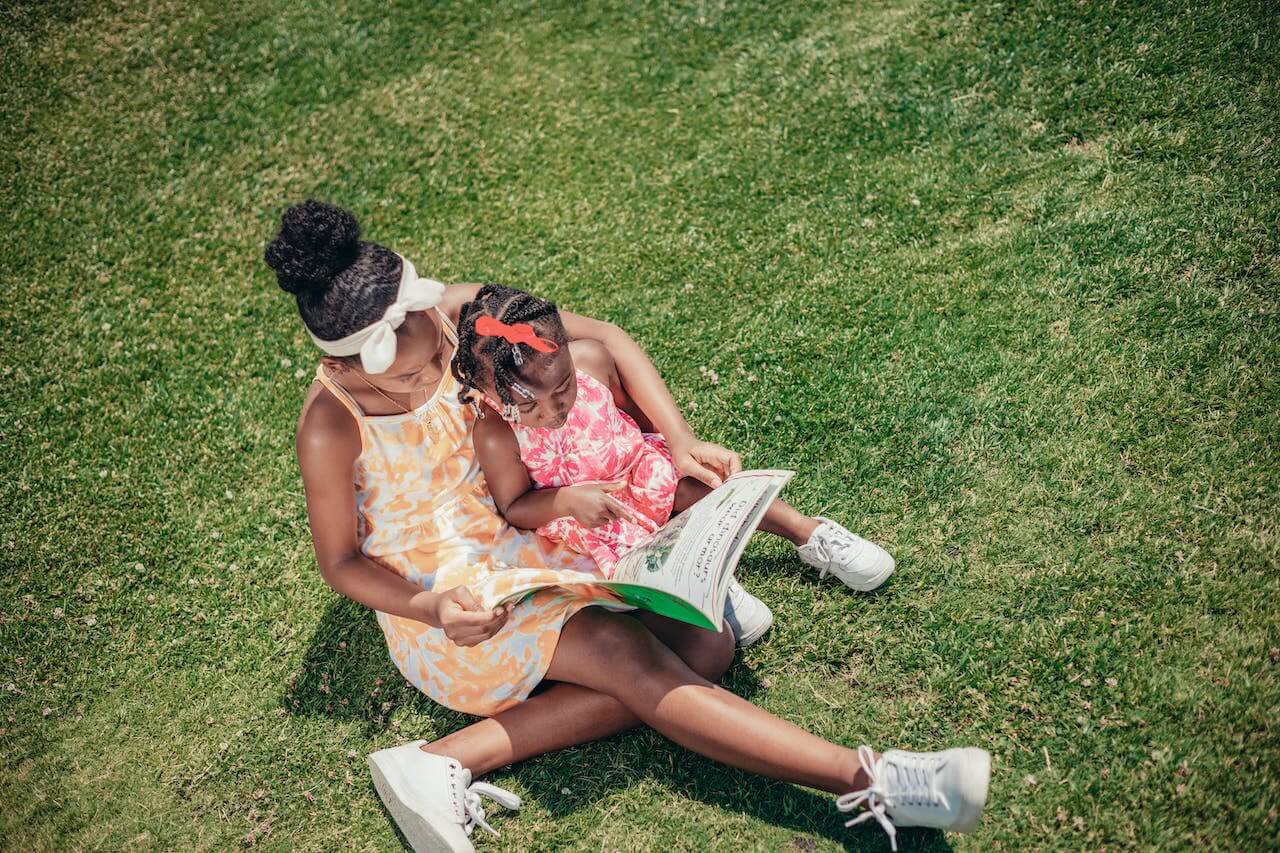In the world of early literacy, there’s a powerful tool that transcends language barriers and cultivates young minds—children’s literature. For Indigenous communities, access to culturally relevant children’s books is not just a window to the world; it’s a mirror reflecting their own rich heritage.
In this article, we’ll explore the importance of Indigenous children’s literature and the profound impact it has on early literacy. We’ll also shine a spotlight on organizations like Magabala Books, which are dedicated to publishing Indigenous children’s literature. Through specific examples of these books and a discussion of how they promote a love for reading, we’ll delve into the captivating world of Indigenous storytelling.
The Importance of Indigenous Children’s Literature
Indigenous children’s literature is more than just a collection of stories; it is a celebration of culture, tradition, and identity. These books introduce young readers to the world of Indigenous people, often through the eyes of Indigenous authors and illustrators who provide an authentic, firsthand perspective.
The significance of Indigenous children’s literature lies in its power to validate the experiences of Indigenous children. It helps them see their own lives and cultural heritage reflected in the stories they read, fostering a sense of pride and belonging. These books also serve as bridges, connecting Indigenous and non-Indigenous communities, promoting understanding, and breaking down stereotypes.
Magabala Books: A Beacon of Indigenous Children’s Literature
Magabala Books is an Indigenous-owned and -controlled publishing company that has been at the forefront of championing Indigenous voices in children’s literature. For over 30 years, Magabala Books has been dedicated to producing high-quality, culturally relevant books that celebrate the diversity of Indigenous cultures across Australia.
Magabala Books has played a pivotal role in amplifying Indigenous storytelling and ensuring that Indigenous children’s literature is readily accessible to young readers. They publish works by Indigenous authors and illustrators, covering a broad spectrum of genres and themes, from traditional stories to contemporary issues.
Specific Examples of Indigenous Children’s Books
Let’s take a closer look at a few Indigenous children’s books that have left an indelible mark on early literacy and the promotion of a love for reading:
- “Shake a Leg” by Boori Monty Pryor and Jan Ormerod: This book offers a vibrant introduction to Indigenous dance and culture through rhythmic storytelling and engaging illustrations.
- “Welcome to Country” by Aunty Joy Murphy and Lisa Kennedy: This beautifully illustrated book provides a warm and thoughtful welcome to the lands of the Wurundjeri people and other Indigenous nations.
- “Baby Business” by Jasmine Seymour: A heartwarming story of a baby smoking ceremony in an Indigenous community, celebrating the arrival of a new child.
- “Our Home, Our Heartbeat” by Adam Briggs and Kate Moon: A lyrical and inspiring ode to the beauty of Australia and the significance of Indigenous connection to the land.
Promoting a Love for Reading Through Culturally Relevant Literature
Access to culturally relevant literature is instrumental in promoting a love for reading among Indigenous children. When young readers encounter characters who look like them and stories that resonate with their experiences, it fosters a deep connection with books. Reading becomes a pleasurable experience, and children are more likely to become avid readers.
Culturally relevant literature also opens doors to discussions about identity, heritage, and traditions. It allows Indigenous children to engage with their culture and history in a way that is both accessible and enjoyable. This not only promotes early literacy but also instils a sense of cultural pride.
Frequently Asked Questions
Conclusion
In conclusion, Indigenous children’s literature plays a pivotal role in early literacy by connecting young readers to their cultural heritage and creating a sense of cultural pride. Organizations like Magabala Books are paving the way for Indigenous voices to be heard in the world of children’s literature. By providing young readers with diverse, authentic, and engaging stories, Indigenous children’s literature is not only promoting literacy but also fostering a love for reading and a deeper understanding of Indigenous cultures.







